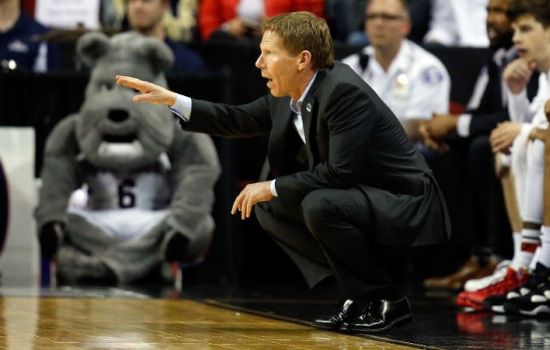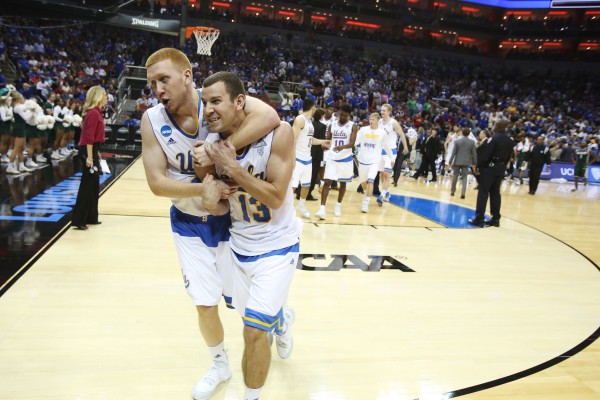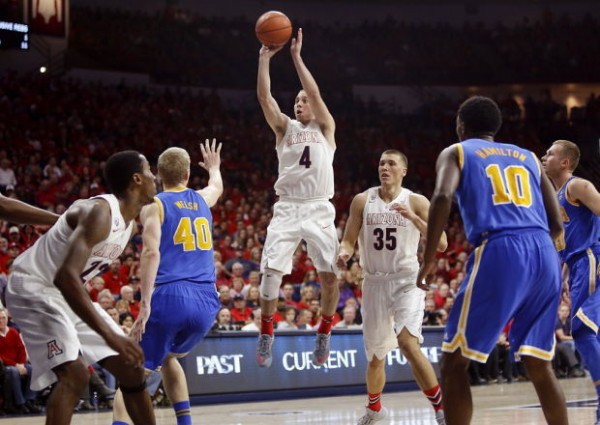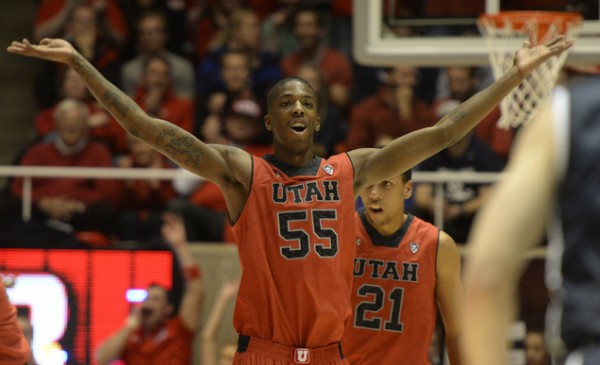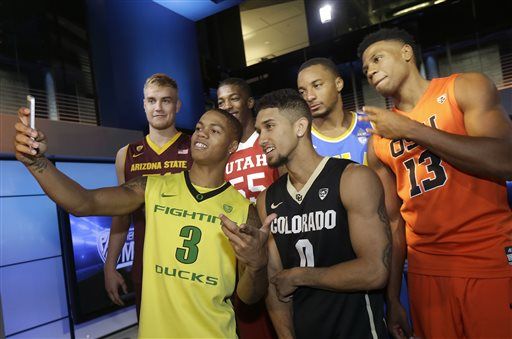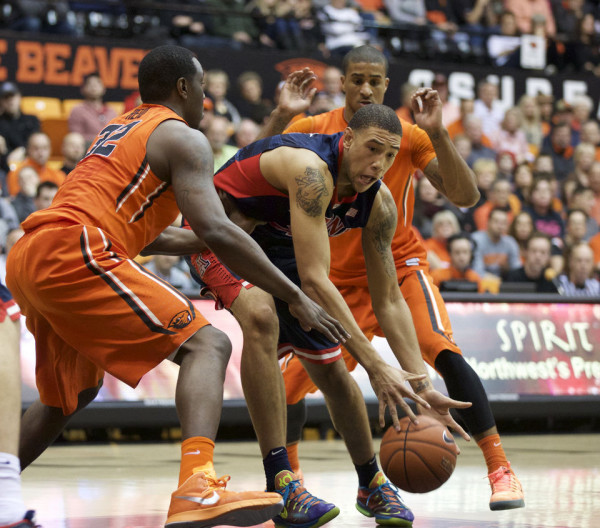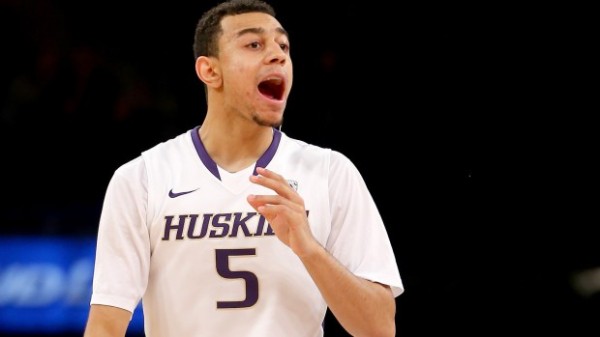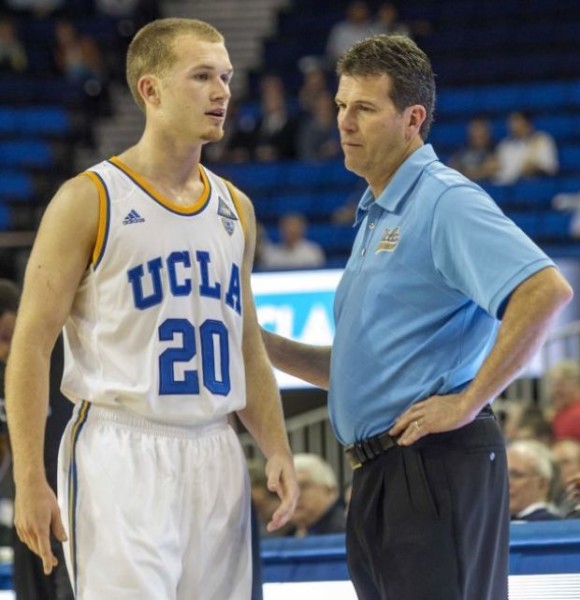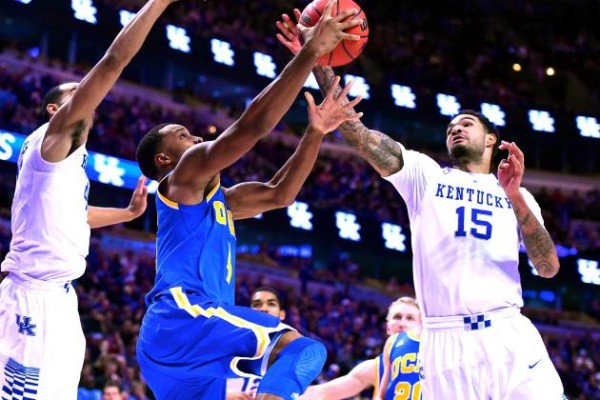Posted by Andrew Murawa on January 21st, 2015
Just a collection of thoughts, compiled over the course of the past two weekends of Pac-12 play.
Arizona – This Utah game actually set up really nicely for the Wildcats. Utah was on a roll and feeling invincible despite the fact that it hadn’t beaten a good team since early December. Arizona, meanwhile, had plenty to prove amid accusations of selfishness and overratedness. The ‘Cats weathered the storm early, rode T.J. McConnell while settling in, and then turned on the juice in the second half. But, really, there are two big takeaways from this game. First, my impression all year long was that this vintage of the Wildcats does not have the high-end defensive ceiling that last year’s team had. And then, I look up on January 17 and they’ve got basically the same defensive efficiency numbers as they had last season and just finished a game where they completely shut down everything Utah wanted to do. This squad still needs to prove an ability to bring that intensity on a regular basis, but they absolutely have the ability to be just about as good defensively as last year’s team (although I still have a concern that they don’t have the type of individual stoppers that they had in Nick Johnson and Aaron Gordon). Offensively, my eyes tell me this team has some problems in the half-court and that, while Stanley Johnson is clearly the team’s most talented player, Sean Miller has yet to figure out a good way to find shots for him. Then I look at the stats and I see that this team is pretty much the same offensively as last year’s group, getting similar percentages of shots from all three ranges on offense. And the best part? They’re still feeling their way around. Make no mistake, Arizona in mid-January is still a top 10 team — maybe top five — and the exciting part is that the Wildcats have enough upside that they could be significantly better by March.
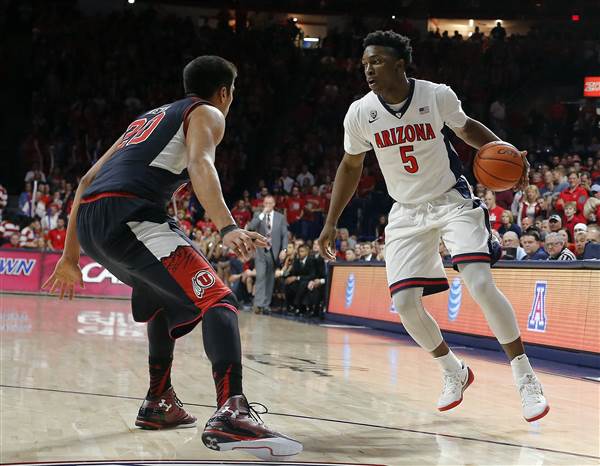
With Stanley Johnson Just Beginning To Reach His Potential, Arizona’s Upside Is Staggering. (Rick Scuteri, AP Photo)
Utah – The Utes lost. Bury ‘em, right? Not so fast, but we do need to have a talk about a couple of players in particular. First Jordan Loveridge, the team’s junior power small forward. What’s to complain about? In the five Pac-12 games since he returned from injury, he’s averaging better than 10 points per game and shooting at a 54.2% eFG rate, knocking in 11-of-24 shots from deep. In that same time frame, he’s taken twice as many shots from behind the arc as he has from inside; he’s attempting free throws at about a third of the rate of his field goal attempts; and he’s grabbing a rebound about every five minutes. In short, Loveridge has gone from being one of the more promising interior players in the conference to a three-point shooting specialist. That’s about all he does anymore. I understand that at 6’6” his upside at the four is limited, and if he is ever going to play in the NBA, it will be at the three. But this is college ball. And while his ability to hit the three and pull bigs away from the hoop is a useful skill, it’s only a fraction of what Loveridge could be doing for this team. For what it’s worth, I promise that this is the last time I will rip a guy with an offensive rating of 115.0 and a three-point percentage of 47.5 percent. The other guy I want to touch on briefly is Jakob Poeltl. We still like him as a player: like his skills; like his effort; like his upside. And sure, NBA scouts love him. But he really needs a lot of work, especially in the weight room. He got pushed around by the Wildcats all night long on Saturday. And if you go back and look at the results, anytime he has gone up against long interior players (San Diego State, Kansas, UNLV, Colorado, Arizona, even BYU), he has struggled. You can’t really throw the ball into him in the post because he doesn’t know what to do with it yet, so you have to rely on him to get his own miss off the glass if he’s going to have any offensive impact, and he’s not strong enough to do that on a regular basis. He’s still an important part of this Utah team, but his major leap forward probably won’t come until next year, at which time he should hopefully still be in college. Read the rest of this entry »
| microsites, pac 12
| Tagged: arizona, arizona state shaquielle mckissic, bryce alford, cal, chasson randle, colorado, ernie kent, feature, ike iroegbu, jakob poeltl, Jaron Hopkins, jordan loveridge, josh hawkinson, katin reinhardt, kevon looney, oregon state, stanford, Stanley Johnson, t.j. mcconnell, tre'shaun fletcher, tyrone wallace, ucla, usc, utah, washington, washington state, wayne tinkle
Share this story





























